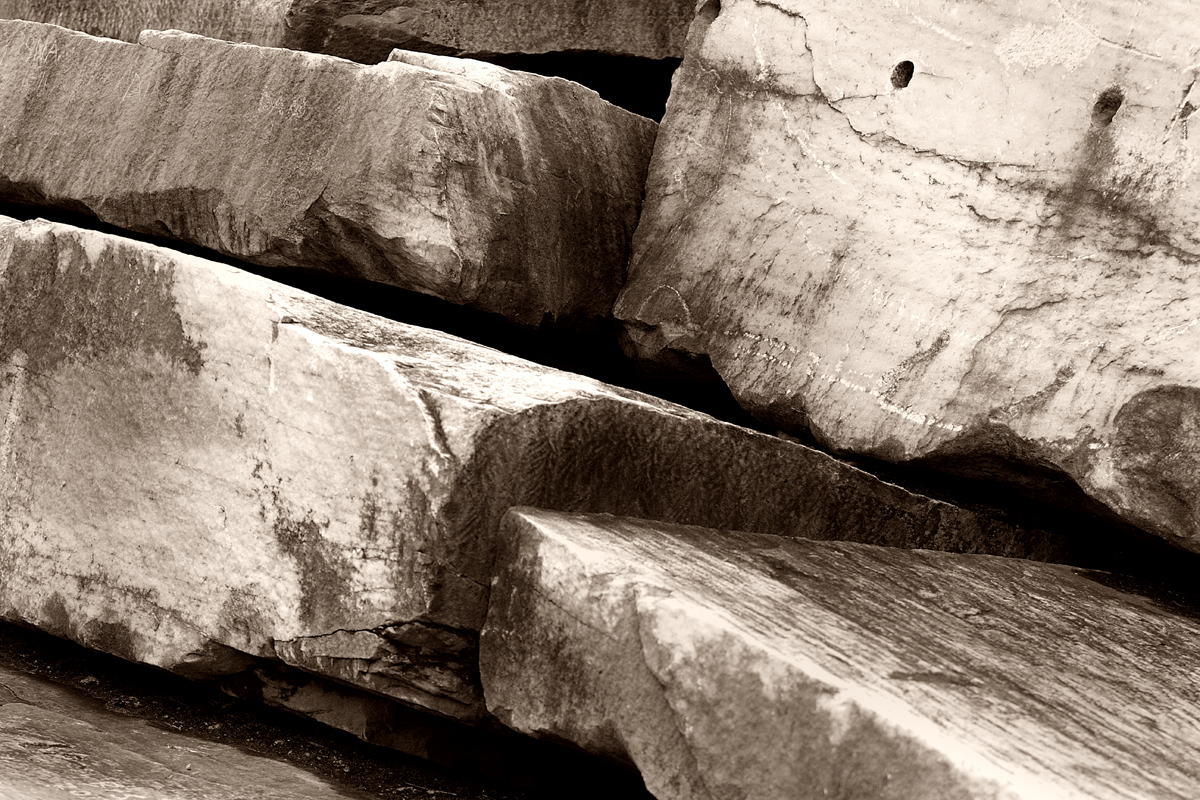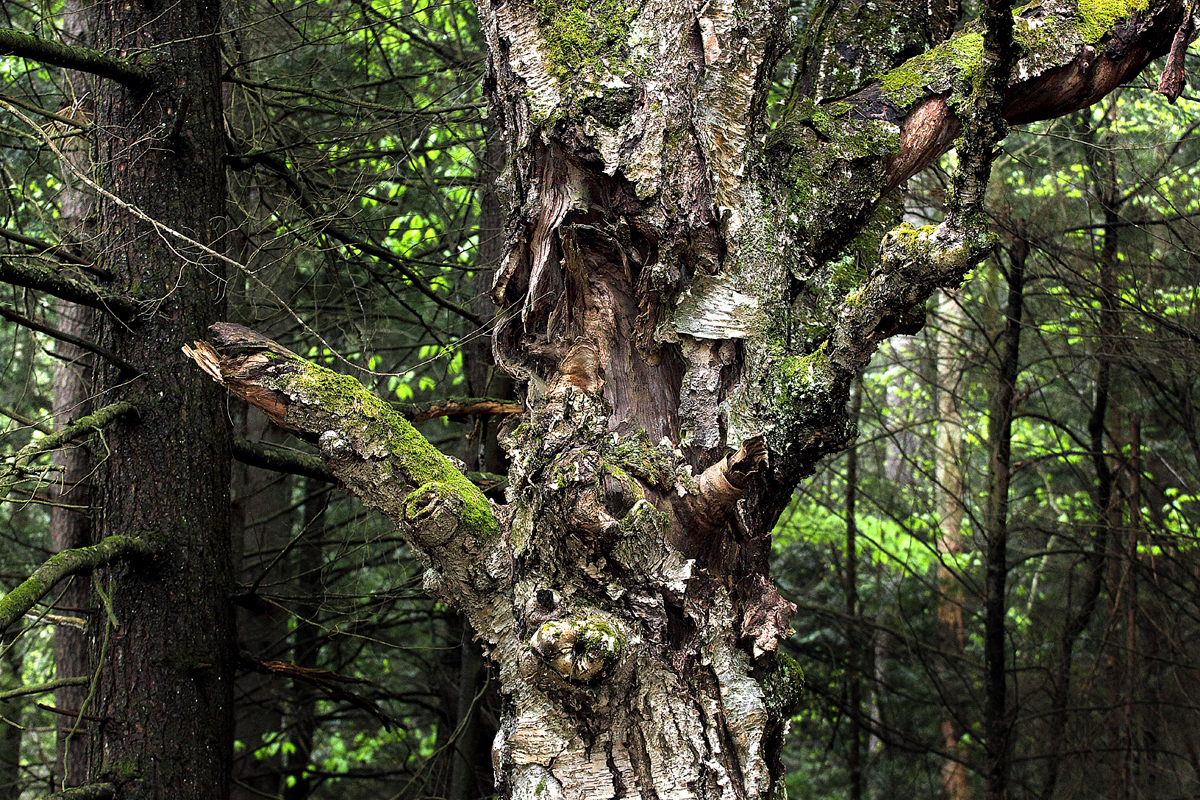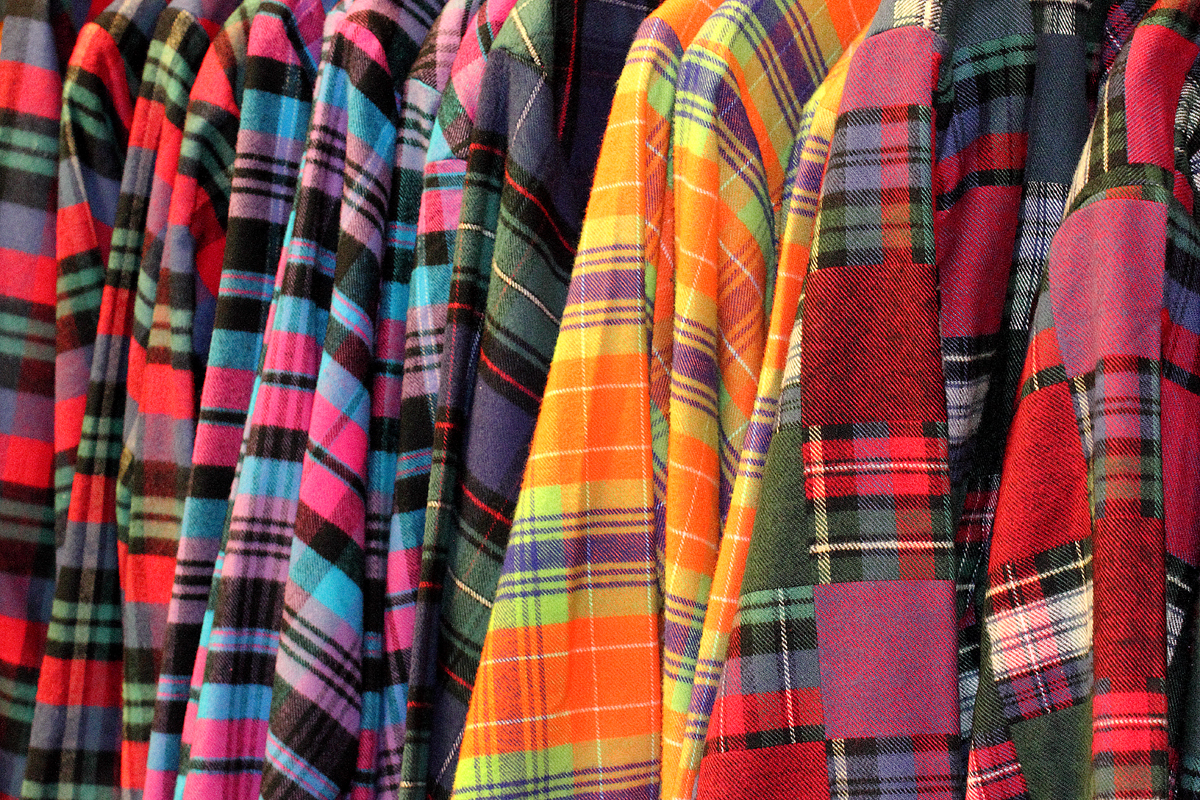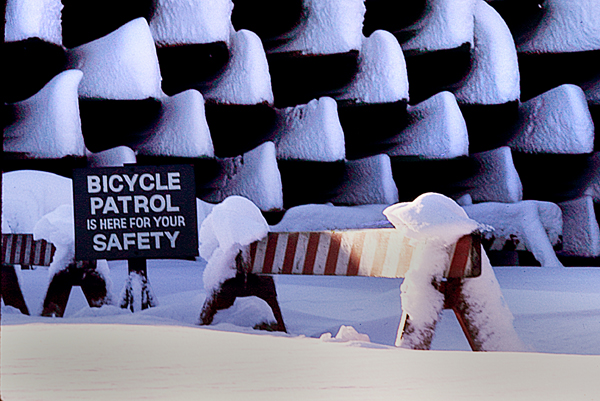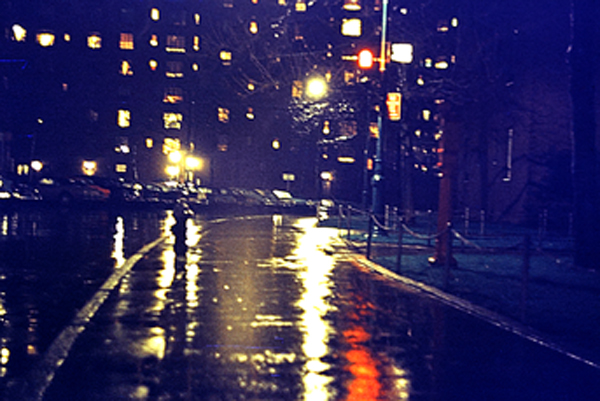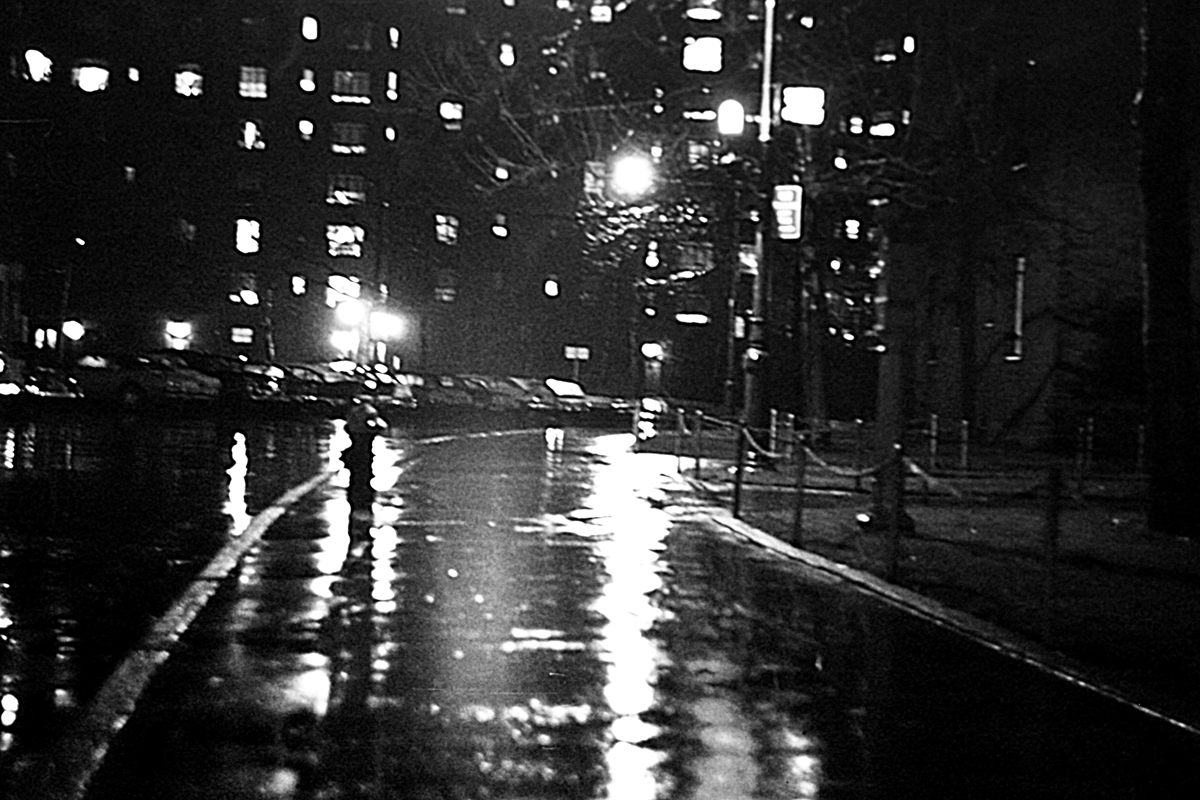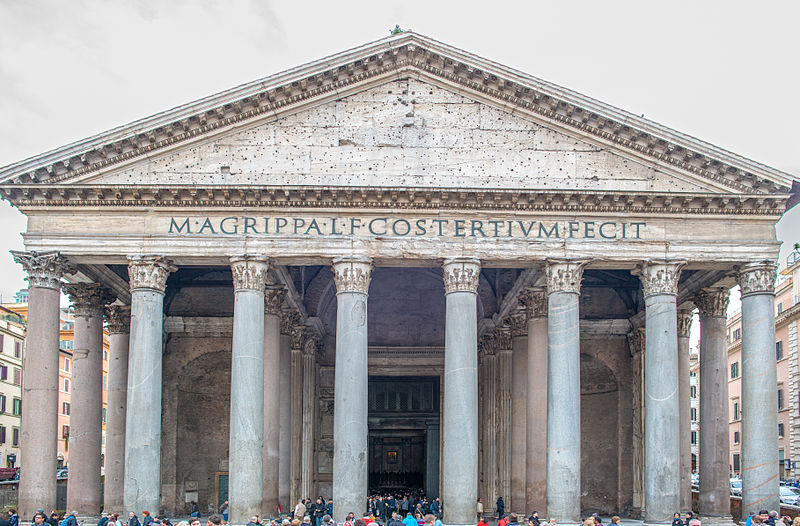
Figure 1 – The Roman Pantheon, from the Wikimediacommons, image by Bengt Nyman under creative commons license.
Among the seven deadly sins the sin of pride is considered not only the worst, but the root cause of all others. The construction of the Tower of Babel was considered a classic biblical example of the sin of pride. Dante’s definition of pride was “love of self perverted to hatred and contempt for one’s neighbour”. Whoa! That’s serious stuff and not really what I want to write about here. I’m more concerned about your everyday pride – perhaps not reading so high on the Father Guido Sarducci’s “How to Pay for your Sins Scale.”
There’s a lot of things that we as individuals are proud of. I am proud of some of the scientific work that I have done, proud of some of my scientific writings, proud of the book book that my colleague Kip Sluder and I have edited and nurtured through four editions, and yes, proud of some of my photographs. There’s not so much wrong with any of this kind of feel good about yourself stuff as long as you remember not to take yourself too seriously.
And as long as you remember to keep it all in proper perspective. I remember that when my book first came out I would hold it up and think: “Pretty good I made this!” Well, at about that time I happened to visit Rome on vacation, where I wandered into the Roman Pantheon – The Temple to all the Gods. This is a remarkable building. I have included an image of it as Figure 1. The Pantheon is deceptively designed in that its facade is meant to look like the Athenian Parthenon, the Temple of Athena. But when you enter it you emerge into a giant dome, really a sphere (the ancients realized that the Earth was a sphere and believed that it was surrounded by the concentric spheres of cosmos) with a marvelous window at its center. This is meant to symbolize everything (a modest endeavor to be sure). This building is truly wonderful and almost beyond description. You emerge again breathless and look back from whence you came and there above the portico, inscribed in giant letters for all the world to see are the words: “M·AGRIPPA·L·F·COS·TERTIUM·FECIT,” which basically means: “MARCUS AGRIPPA MADE THIS.”*
Hmm, my little book paled in comparison. I tell you this story kind of as a parable in relationship to photography. In photography, indeed in life, one needs to do for the love of doing and seek to do good and beautiful work. One reads so many biographies of photographers, scientists, artists that say something like: (s)he was unappreciated is her/his lifetime. The point is that while it is nice to be loved, do it for yourself, the rest: fame, riches, whatever is serendipity. Indeed, the goal to be great as opposed to the goal to be good is a dangerous one, witness all of the cases of scientific fraud, perpetrated by those who sought fame and somewhere along the way lost the meaning of being a scientist. This takes us full circle to the sin of pride.
I know so many people that are true amateurs – someone who does something purely for the love of it. And among these are some of the finest photographers that I know. And how do I judge that? The answer is obvious. It is that their work speaks to me and contains a deeply personal vision.
And what of Marcus Agrippa and the Pantheon that he built? What of the deadly sin of pride? The answer, of course lies in the famous poem “Ozymandias” by Percy Bysshe Shelley (1792-1822).
I met a traveller from an antique land
Who said: “Two vast and trunkless legs of stone
Stand in the desert. Near them on the sand,
Half sunk, a shattered visage lies, whose frown
And wrinkled lip and sneer of cold command
Tell that its sculptor well those passions read
Which yet survive, stamped on these lifeless things,
The hand that mocked them and the heart that fed.
And on the pedestal these words appear:
`My name is Ozymandias, King of Kings:
Look on my works, ye mighty, and despair!’
Nothing beside remains. Round the decay
Of that colossal wreck, boundless and bare,
The lone and level sands stretch far away”.
* Actually the inscription was put there during a later renovation by the Emperor Hadrian and means, in its entirety: “Marcus Agrippa the son of Lucius made this in his third term as consul.”


